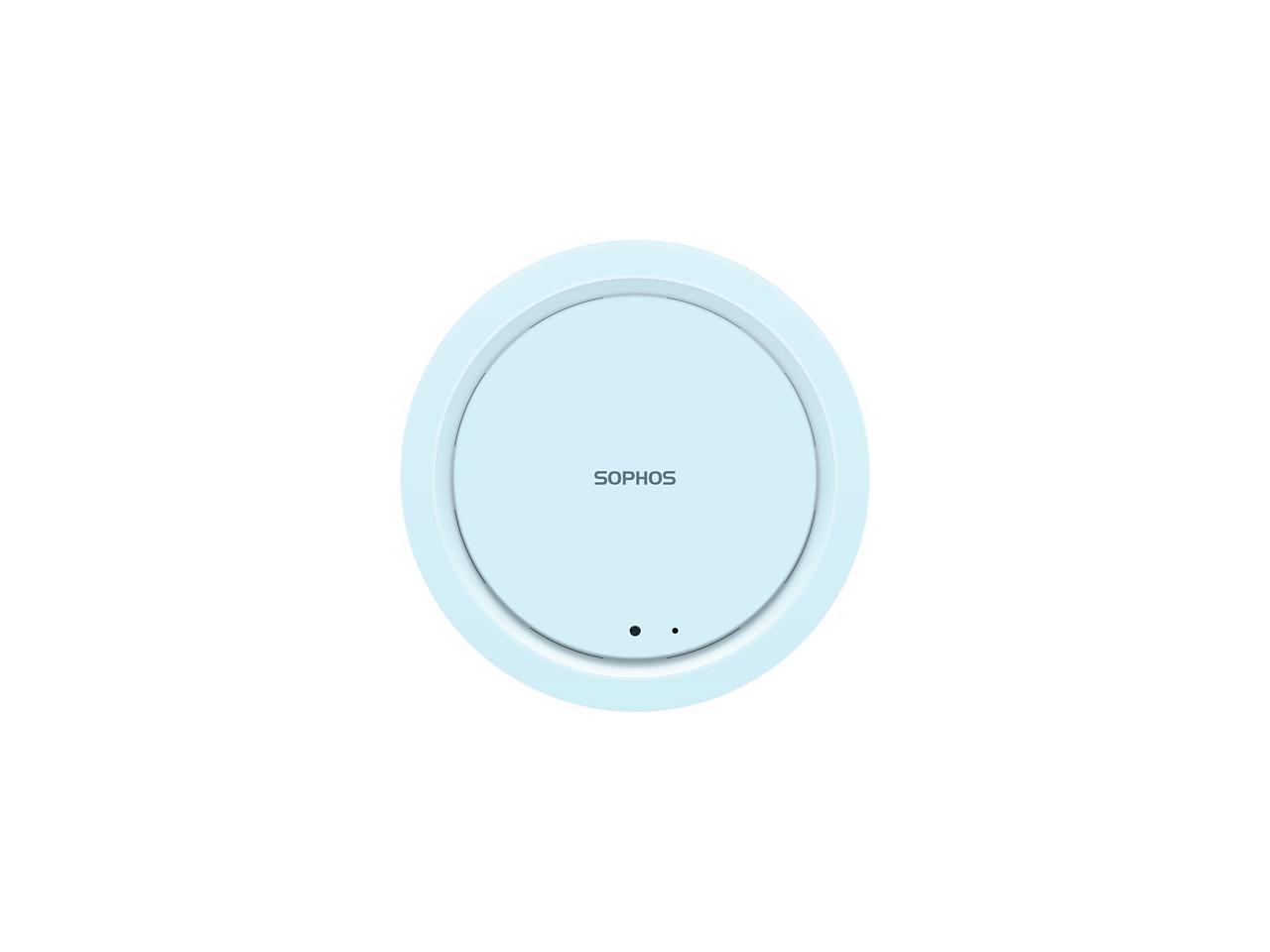

And, Chester Wisniewski and I discussed the topic at the Sophos booth as well. Multiple vendors played up the threat – and how they could help defend against it – on the show floor. My prediction that IoT attacks would be a big focus also turned out to be true. For 2017, Sophos predicts a rise in threats against devices that are part of the IoT.

That attack crippled such major sites as Twitter, Paypal, Netflix and Reddit. This past year, the theoretical turned into reality when Mirai malware was used to hijack internet-facing webcams and other devices into massive botnets that were then used to launch a coordinated assault against Dyn, one of several companies hosting the the Domain Name System (DNS). IoT threats have been discussed at RSA conference for years now, but in largely theoretical terms.

From 9 am – 5 pm, a variety of experts offered up case studies, reviews of the best technology to fight ransomware, and tips to help companies avoid falling victim in the first place. Indeed, ransomware was a big discussion point, best illustrated by an all-day seminar on the subject on Monday. “Ransomware is one of the most prominent threats facing organizations and their end-users, partners, and customers,” he explained. It’s therefore, reasonable to assume that online thieves have moved on to new tactics. Unfortunately, that’s hardly the case, said Andrew Hay, CISO of DataGravity and one of the seminar organizers. Some might expect that a majority of people are well aware of the threat by now and that they’re taking the appropriate precautions. Attackers have been hijacking computers and holding files hostage for years now, typically demanding that ransom be paid in bitcoins. Ransomware is an old topic in information security circles. Here’s Sophos predictions and review: Ransomware: What I predicted: Sophos wrote on some big topics like Internet of Things (IoT) devices and the continuing scourge of ransomware. Here, we will break down each prediction and see what really happened.

Sophos offered a predictions blog that was published on their Naked Security blog last week, and now it’s time to see how accurate these predictions were.


 0 kommentar(er)
0 kommentar(er)
